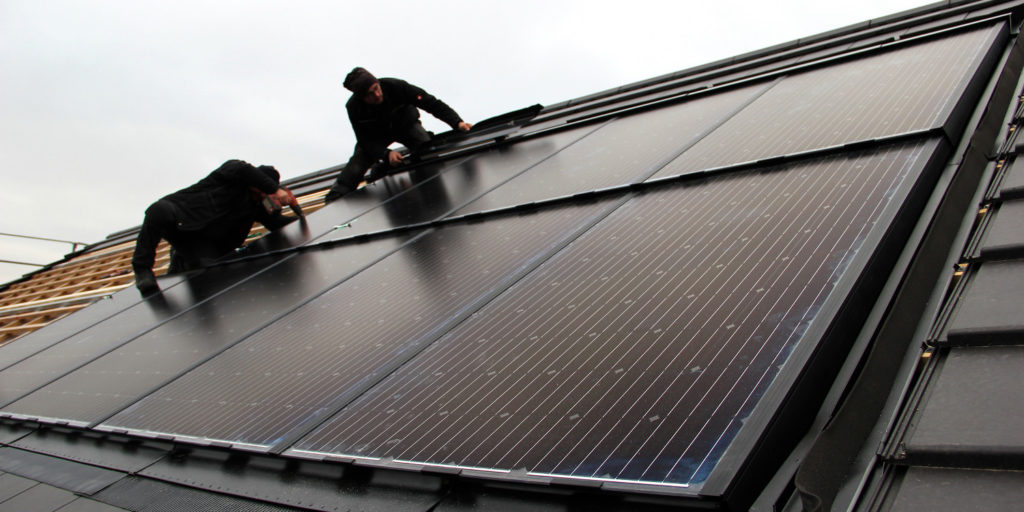From pv magazine Germany
Germany’s Federal Network Agency (Bundesnetzagentur) has revealed that around 223.6 MW of new PV systems were registered in the country in November. This is around 40 MW more than in the previous month. Demand was particularly driven by the residential and commercial segments (up to 750 kW), which accounted for 201 MW of the newly registered capacity.
As for ground-mounted plants, the newly registered installations in the month totaled 22.6 MW. This capacity comes from 16 plants exceeding 750 kW in size, of which seven projects equaling 6.3 MW were built under Germany’s tender scheme for large-scale solar.
The growth of new projects under the PV tenant electricity scheme remains weak. Since January, performance of the projects which secured a contract totaled just 6.3 MW. Since the introduction of scheme in the summer of 2017, almost 300 PV systems with a total output of 7.7 MW have been recorded. In October, 22 solar systems with almost 658 kW of total output were added.
A first
Furthermore, the Federal Network Agency reports that the newly registered PV capacity for the first 11 months of this year has surpassed 2,600 MW, which means that for the first time since 2013, the annual solar target of 2.5 GW set by the German government has been reached. In 2017, newly deployed PV systems totaled around 1.75 GW.
Overall, Germany’s cumulative installed PV power reached 45.55 GW at the end of November.
In January, FITs for PV systems up to 750 kW will once again drop by 1%, as the Federal Network Agency already determined at the end of October. Thus, the values to be applied are reduced in the direct marketing to a range of €0.1036 to €0.1187 per kWh, depending on the system size. For other PV systems, it will fall to €0.0833 per kWh at the beginning of the year.
Direct marketing is mandatory for all PV systems over 100 kW. For smaller plants, FITs will also be cut by 1% in January and, depending on the size of the installation, will range between €0.0996 and €0.1147 cents per kWh. For the first time, the feed-in tariff for rooftop systems between 40 kW and 100 kW will fall below €0.1000 per kWh
Special cuts from February
An extraordinary reduction of the FITs for PV systems ranging in size from 40 kW to 750 kW was introduced at the end of 2018 by the German government.
Under this, the tariff for direct marketing for these systems will be significantly reduced from €0.1036 to €0.0987 per kWh in February, and to €0.0939 and €0.0890 cents per kWh in March and April, respectively.
This also means that the tariffs for installations with a capacity of between 40 and 100 kW will be cut by €0.4 cents per kWh.
This content is protected by copyright and may not be reused. If you want to cooperate with us and would like to reuse some of our content, please contact: editors@pv-magazine.com.




German commentators on solar energy tend to compare current plodding with the glory days of 2011 when Germany led the world. Try to forget that, and current trends are pretty cheering. There is now steady year-on-year growth. The financial basis of public policy is much sounder and the politics with it. The model of low FITs for rooftops and competitive auctions for utility farms is stable and successful. Trends in module and especially battery prices are improving the economic case for PV all the time. The main problem is that the public auction volumes are timid and keep prices high.
2019 will look very much like 2018, so it will be okay too. What I would like to see is a small boom in unsubsidized projects outside the auctions, selling into PPAs from big firms. This is not something Berlin can really stop, so it has disruptive potential